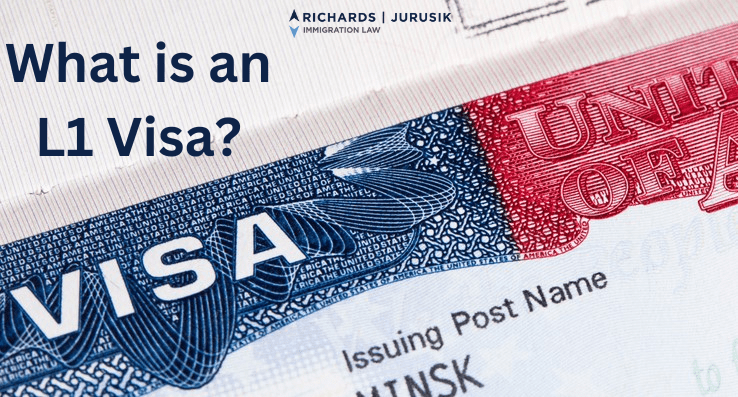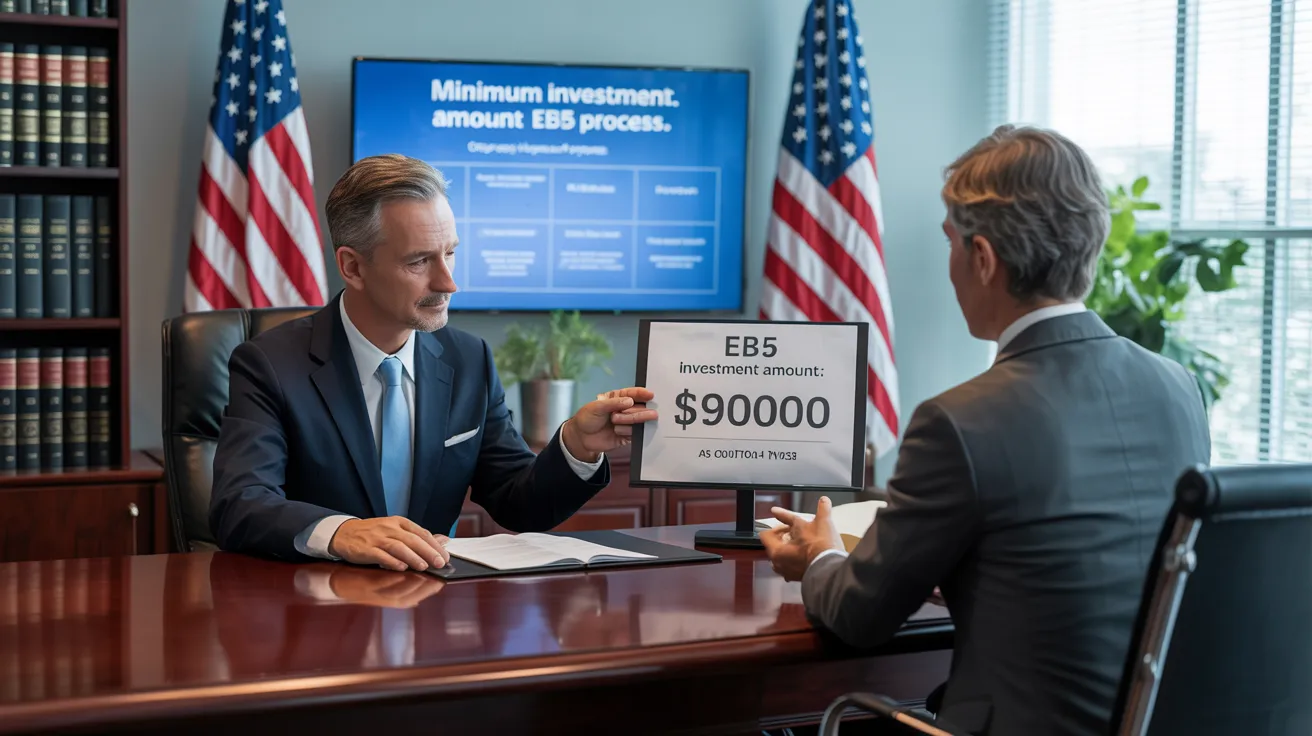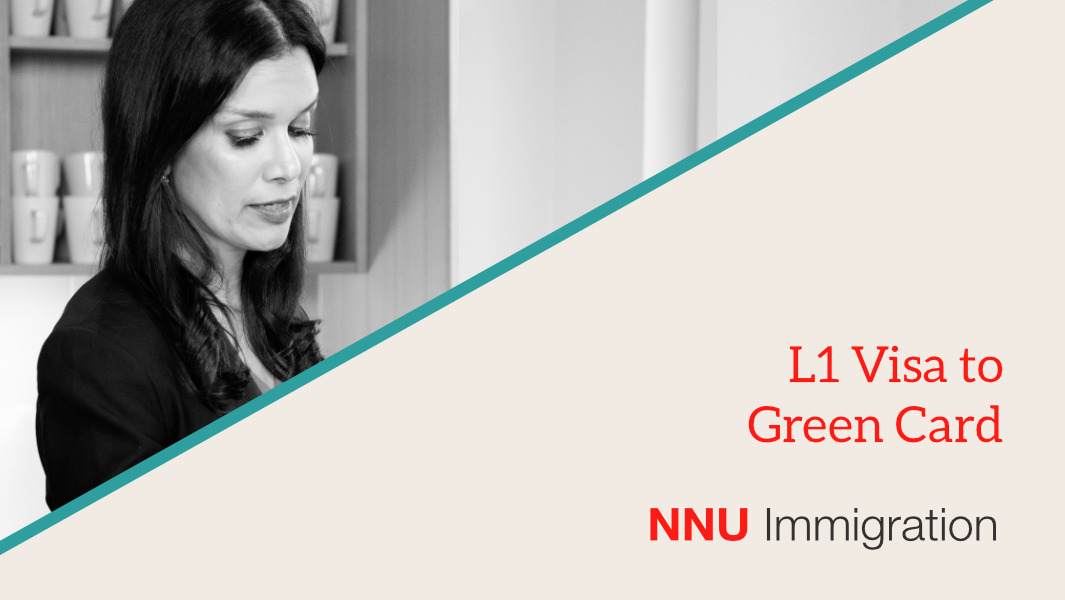Not known Factual Statements About L1 Visa
Table of ContentsThe 8-Second Trick For L1 VisaThe Main Principles Of L1 Visa The Single Strategy To Use For L1 VisaAll about L1 VisaL1 Visa - The FactsSome Known Facts About L1 Visa.
Readily Available from ProQuest Dissertations & Theses International; Social Scientific Research Premium Collection. (2074816399). (PDF). Congress. (PDF). DHS Workplace of the Inspector General. (PDF). (PDF). "Nonimmigrant Visa Data". Fetched 2023-03-26. Department of Homeland Security Workplace of the Examiner General, "Review of Susceptabilities and Prospective Misuses of the L-1 Visa Program," "A Mainframe-Size Visa Technicality".
U.S. Division of State. Recovered 22 August 2016. "Workers paid $1.21 an hour to install Fremont tech company's computers". The Mercury Information. 2014-10-22. Retrieved 2023-02-08. Costa, Daniel (November 11, 2014). "Little-known temporary visas for international technology workers depress salaries". The Hillside. Tamen, Joan Fleischer (August 10, 2013). "Visa Holders Replace Employees".
How L1 Visa can Save You Time, Stress, and Money.
In order to be eligible for the L-1 visa, the foreign firm abroad where the Beneficiary was used and the U.S. firm need to have a qualifying partnership at the time of the transfer. The various kinds of certifying connections are: 1. Parent-Subsidiary: The Moms and dad suggests a firm, corporation, or various other lawful entity which has subsidiaries that it owns and controls."Subsidiary" means a firm, corporation, or various other lawful entity of which a moms and dad has, straight or indirectly, greater than 50% of the entity, OR possesses much less than 50% yet has administration control of the entity.
Instance 1: Business A is incorporated in France and employs the Recipient. Business B is incorporated in the united state and intends to request the Beneficiary. Firm An owns 100% of the shares of Firm B.Company A is the Parent and Firm B is a subsidiary. There is a qualifying connection in between the two companies and Firm B need to be able to sponsor the Recipient.
Instance 2: Firm A is incorporated in the U - L1 Visa.S. and intends to seek the Beneficiary. Company B is included in Indonesia and employs the Beneficiary. Company A possesses 40% of Company B. The remaining 60% is owned and controlled by Company C, which has no connection to Company A.Since Company A and B do not have a parent-subsidiary relationship, Firm A can not sponsor the Recipient for L-1.
Business A has 40% of Company B. The continuing to be 60% is owned by Company C, which has no relation to Company A. Nevertheless, Firm A, by official agreement, controls and full manages Firm B.Since Firm An owns much less than 50% of Firm B but takes care of and manages the company, there is a qualifying parent-subsidiary relationship and Firm A can fund the Recipient for L-1.
Unknown Facts About L1 Visa
Associate: An affiliate is 1 of 2 subsidiaries thar are both had and controlled by the same parent or person, or had and controlled by the same team of people, in essentially the very same ratios. a. Instance 1: Firm A is included in Ghana and uses the Recipient. Business B is integrated in the U.S.
Business C, likewise included in Ghana, owns 100% of Firm A and 100% of Firm B.Therefore, Firm A and Business B are "affiliates" or sister firms and a certifying relationship exists in between both firms. Business B must be able to fund the Recipient. b. Example 2: Firm A is included in the U.S.
Company A is 60% had by Mrs. Smith, 20% owned by Mr. Doe, and 20% had by Ms. Brown. Firm B is included in Colombia and currently uses the Beneficiary. Business B is 65% owned by Mrs. Smith, 15% owned by Mr. Doe, and 20% owned find out more by Ms. Brown. Firm A and Business B are affiliates and have a certifying relationship in 2 various ways: Mrs.
The L-1 visa is an employment-based visa group developed by Congress in 1970, allowing international companies to transfer their managers, executives, or vital personnel to their U.S. procedures. It is generally referred to as the intracompany transferee visa. There are 2 major kinds of L-1 visas: L-1A and L-1B. These kinds appropriate for employees worked with in different settings within a firm.

Furthermore, the beneficiary needs to have functioned in a supervisory, exec, or specialized employee placement for one year within the 3 years preceding the L-1A application in the international business. For new workplace applications, international work must have been in a supervisory or executive capacity if the recipient is involving the USA to function as a supervisor or executive.
Fascination About L1 Visa

If approved for a united state firm operational for greater than one year, the first L-1B visa is for as much as three years and can be prolonged for an additional 2 years (L1 Visa). On the other hand, if the united state business is freshly established or has actually been operational for much less than one year, the first L-1B visa is released for one year, with extensions available in two-year increments
The L-1 visa is an employment-based visa classification developed by Congress in 1970, permitting international companies to transfer their supervisors, executives, or crucial workers to L1 Visa law firm their U.S. procedures. It is frequently referred to as the intracompany transferee visa.
What Does L1 Visa Mean?
Additionally, the beneficiary needs to have operated in a supervisory, exec, or specialized worker placement for one year within the three years coming before L1 Visa process the L-1A application in the international company. For brand-new office applications, foreign work must have been in a managerial or executive ability if the beneficiary is concerning the United States to function as a supervisor or executive.
for as much as 7 years to manage the procedures of the U.S. affiliate as an exec or manager. If released for a united state business that has been functional for greater than one year, the L-1A visa is initially approved for approximately 3 years and can be extended in two-year increments.
If granted for a united state business functional for even more than one year, the initial L-1B visa is for approximately 3 years and can be prolonged for an extra 2 years. Alternatively, if the U.S. business is recently developed or has actually been operational for less than one year, the initial L-1B visa is issued for one year, with extensions readily available in two-year increments.